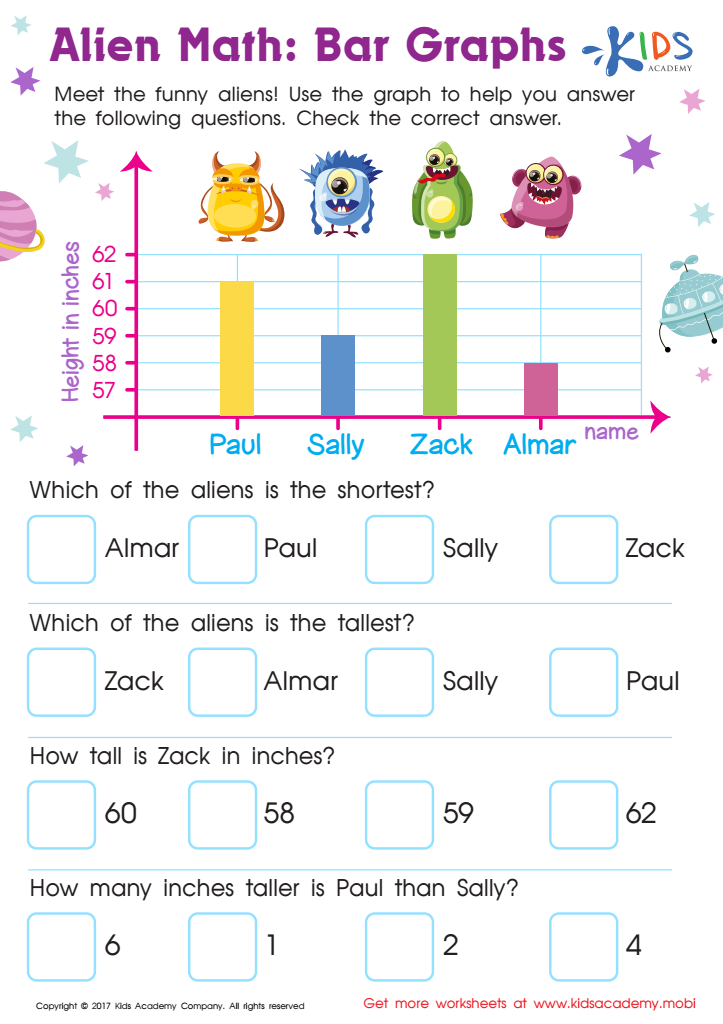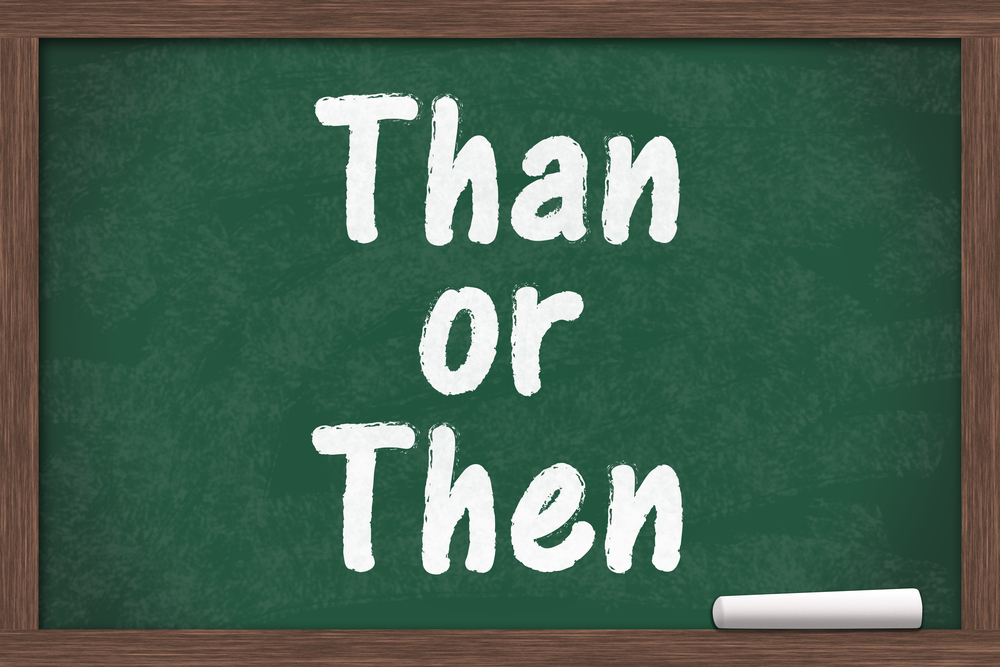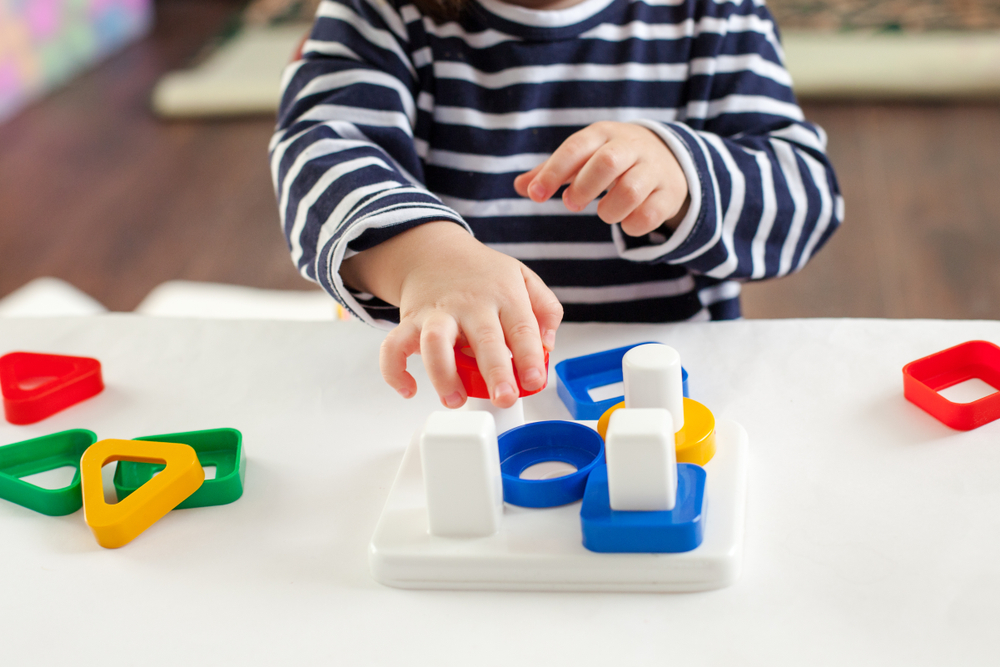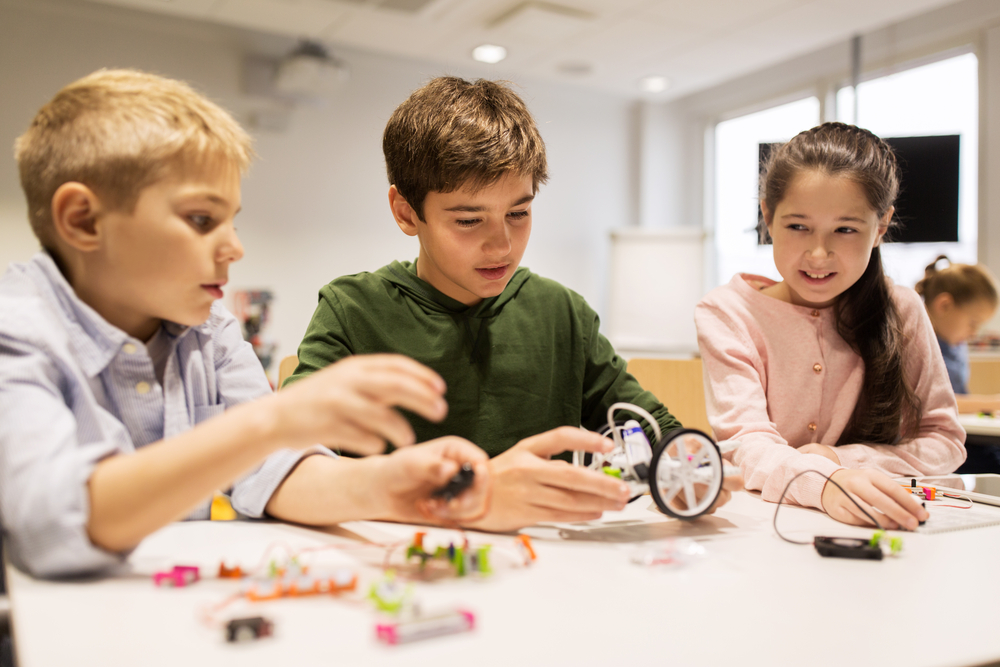Making comparisons Worksheets for Kids
1 filtered results
-
From - To


Bar Graphs Worksheet
Question/Answer
Why is the Making comparisons skill important for Grade 2 students?
The Making comparisons skill is important for Grade 2 students because it helps them develop critical thinking and comprehension abilities by identifying similarities and differences between objects, ideas, or events. This skill fosters analytical thinking, improves vocabulary, and aids in understanding relationships and categories, which are essential for academic success and everyday decision-making.
What does the Making comparisons skill mean when it comes to Grade 2 Measurement learning?
The Making comparisons skill in Grade 2 Measurement learning involves teaching students how to compare and contrast the lengths, weights, and capacities of different objects. Students learn to use comparative language, such as longer/shorter, heavier/lighter, and more/less, and tools like rulers and scales, to directly compare two or more objects and determine their measurable attributes.
What are some effective activities to train students’ Making comparisons skill when teaching them about Measurement?
To train students in making comparisons in measurement effectively, engage them in hands-on activities such as using rulers to compare lengths of objects, scales for weights, and measuring cups for volume. Incorporate real-life scenarios like comparing the heights of plants or the amounts of ingredients in recipes. Additionally, utilize visual aids like charts and graphs to compare data points.
 Assign to the classroom
Assign to the classroom











